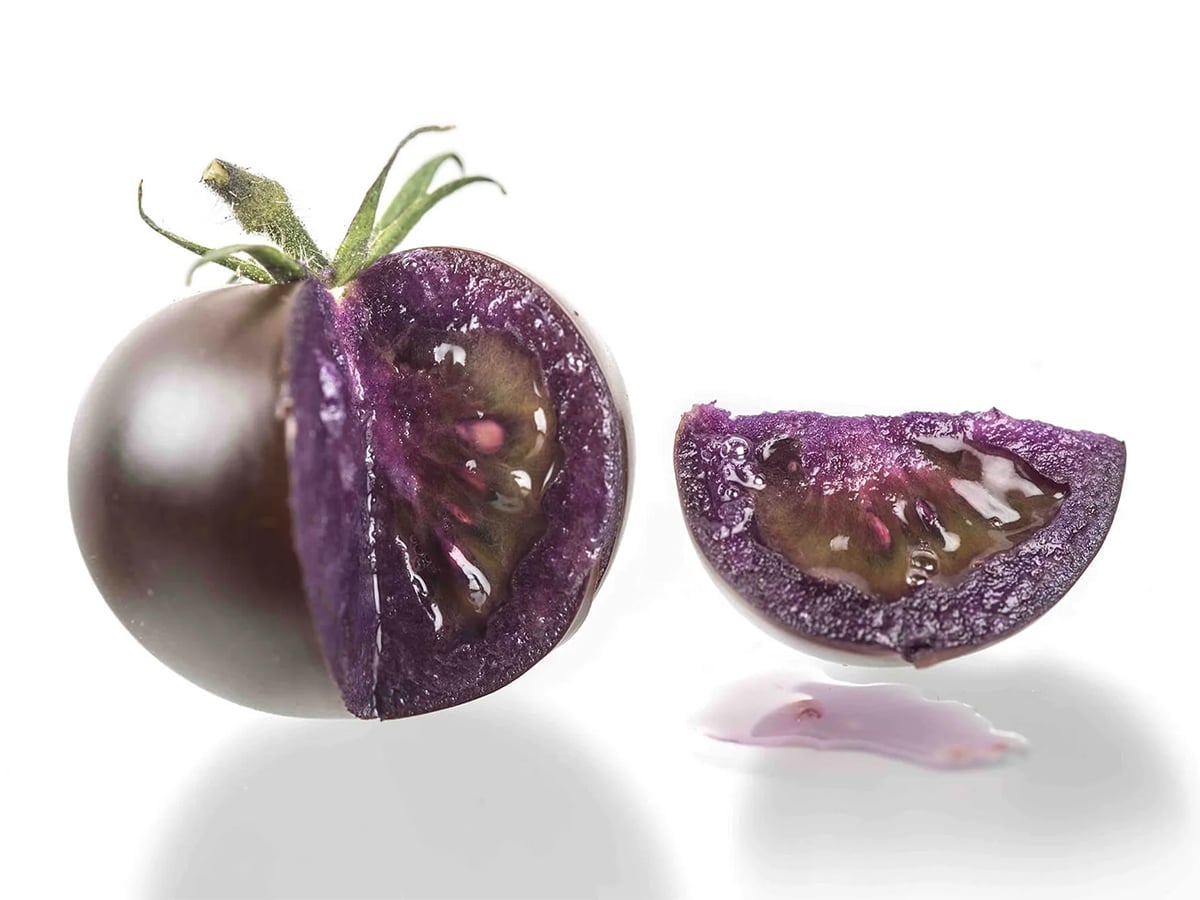MarketsFarm – Canadian farmers brought in more money in 2022 compared to the previous year, but their expenses were also up resulting in a 7.7 per cent drop in realized net income to $11.8 billion, according to the latest farm income data from Statistics Canada. Data for the first three quarters of 2023 shows another increase in farm cash receipts.
Realized net income is the difference between cash receipts and operating expenses, minus depreciation, plus income in kind. Crop receipts were up by 15.2 per cent in 2022, hitting C$53.9 billion, as tight supplies in Western Canada after the 2021 drought and strong export demand provided support.
Read Also

Selling GMO tomato seeds to Canadian gardeners ‘reckless’ say advocates
Selling genetically-modified purple tomato seeds to home gardeners could raise the risk of contamination of organic vegetable varieties and hamper farmers’ ability to save their own seed, say a group of advocates.
Livestock receipts were up by 11.9 per cent in 2022 hitting C$34.0 billion, with gains in all sectors. However, feed costs were also up.
Total farm operating expenses (after rebates) increased by 19.9 per cent in 2022 to C$73.3 billion – the largest gain since 1979. In addition to the 20.7 per cent increase in feed expenses, fertilizer costs were up by 54.4 per cent at C$11.7 billion, according to StatCan. Russia’s invasion of Ukraine and resulting sanctions on Russian goods were said to have contributed to the rise in fertilizer prices. Fuel costs were up by 52.5 per cent on the year at C$4.3 billion.
Looking at 2023, farm cash receipts for Canadian farmers totalled C$72.5 billion through the first three quarters of 2023, which was up by 7.9 per cent from the same period in 2022, as receipts for crops and livestock rose, while program payments fell.
The return to normal production levels pushed crop receipts up by 12.1 per cent though nine months to C$41.4 billion due to the gain in marketings and despite a drop in prices.
Every province recorded a rise in total receipts, with the strongest growth in Saskatchewan where receipts were up by C$2.3 billion at C$16.5 billion.
Receipts for canola, wheat (excluding durum) and durum wheat led the way in the first three quarters of 2023. Canola marketings were up by 40.1 per cent, while wheat (excluding durum) was up by 31.1 per cent and durum marketings increased by 73.0 per cent. The increase in marketings was due to a return to normal production levels in the 2022 crop year, following the severe drought in Western Canada in 2021.
In the first three quarters of 2023, prices fell 15.5 per cent for canola, 8.9 per cent for wheat (excluding durum) and 17.9 per cent for durum wheat, although they were still higher than their five-year average.
Meanwhile, cattle and supply-managed prices were up by 8.9 per cent, resulting in a C$2.2 billion increase in total livestock receipts to $27.2 billion.
Conversely, program payments declined C$1.4 billion to C$4.0 billion after hitting record highs in 2022. Crop insurance payments led this decrease as payments moved closer toward the five-year average.
Livestock receipts rose 8.9 per cent to $27.2 billion during the first three quarters of 2023 due to increases in the cattle and supply-managed sectors.
Cattle receipts were up by C$1.8 billion at C$9.8 billion due to a 28.2 per cent rise cattle slaughter prices and a 24.0 per cent rise in international export receipts. Those price increases were caused by strong demand in Canadian and United States markets and higher input costs for producers, according to StatCan.
Supply-managed receipts grew 7.2 per cent to C$11.2 billion and accounted for just over 40 per cent of total livestock receipts. Dairy receipts were up C$312.2 million to C$6.4 billion on the strength of higher prices driven by production cost increases. Both marketings and prices pushed receipts for chickens for meat up C$286.4 million to C$3.1 billion.
Despite a small increase in marketings, a 11.8 per cent decrease in price led to a 11.2 per cent drop in hog receipts to C$4.5 billion. Hog slaughter accounted for over three-quarters of this decrease.
Total direct crop insurance payments remained high, but were down by C$1.4 billion, to $4.0 billion. Most of the drop was attributable to lower crop insurance payments, which had been high in 2022 because of the drought in 2021. This decline primarily affected the Prairie provinces, with drops in crop insurance payments in Alberta (-C$775.2 million), Saskatchewan (-C$429.8 million) and Manitoba (-C$249.2 million).
















